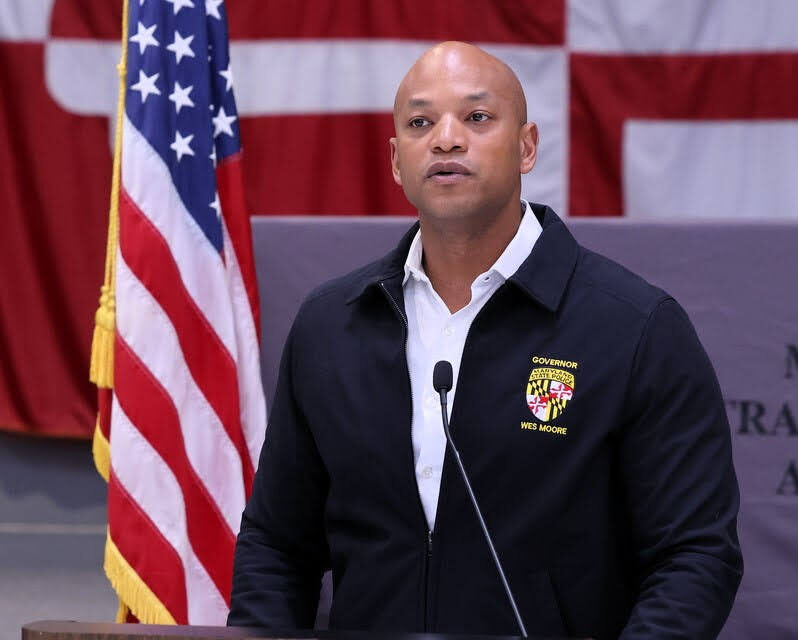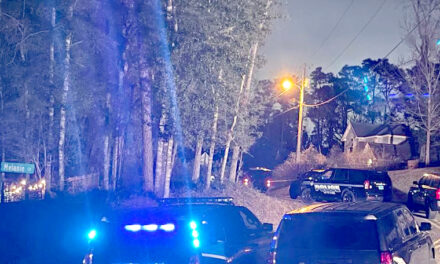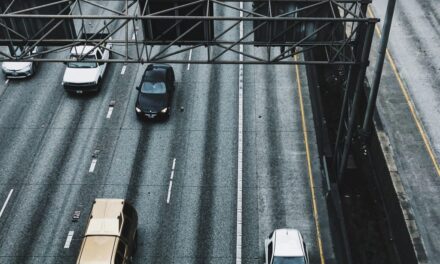By Tashi McQueen
AFRO Political Writer
tmcqueen@afro.com
No contamination has been found in the waterways where Baltimore’s Francis Scott Key Bridge collapsed after a ship crashed into the structure on March 26, officials said. Maryland Gov. Wes Moore, members of the Unified Command and other officials recently announced that the waters of the Patapsco River had been tested for contamination and all results were negative.
“There’s no danger inside of the water right now, but we continue to monitor,” said Moore on April 3 about contamination concerns.
Contamination was a significant concern early on, as parts of the bridge collapsing on the ship caused some containers to burst open and spill into the waterway.
Moore said the Unified Command will “still be out there making sure we’re capturing any type of residue.”
Suzanne Dorsey, the deputy secretary of the Maryland Department of the Environment, said the number of containers in the water is unclear, but they are “continuing to sample to ensure the safety and health of the Patapsco River.”
On April 4, Moore announced the arrival of 75 containers to the Port of Baltimore through “creative” measures.
“Vessel traffic accounts for the vast majority of economic activity that takes place to and through the port, but to keep things moving we’ve got to get creative,” said Moore. “Over the last few days, a large vessel bound for the Port of Baltimore was rerouted to the Port of New York and New Jersey due to the collapse. I’ve been informed that as of this morning, 75 containers from the rerouted vessel arrived at the Seagirt Marine Terminal at the port of Baltimore.”
Those 75 containers represented less than 5 percent of the average number of containers the port processed daily before the collapse,” Moore added, but he promised, “We will get it back up to full capacity.”
Tashi McQueen is a Report For America corps member.











